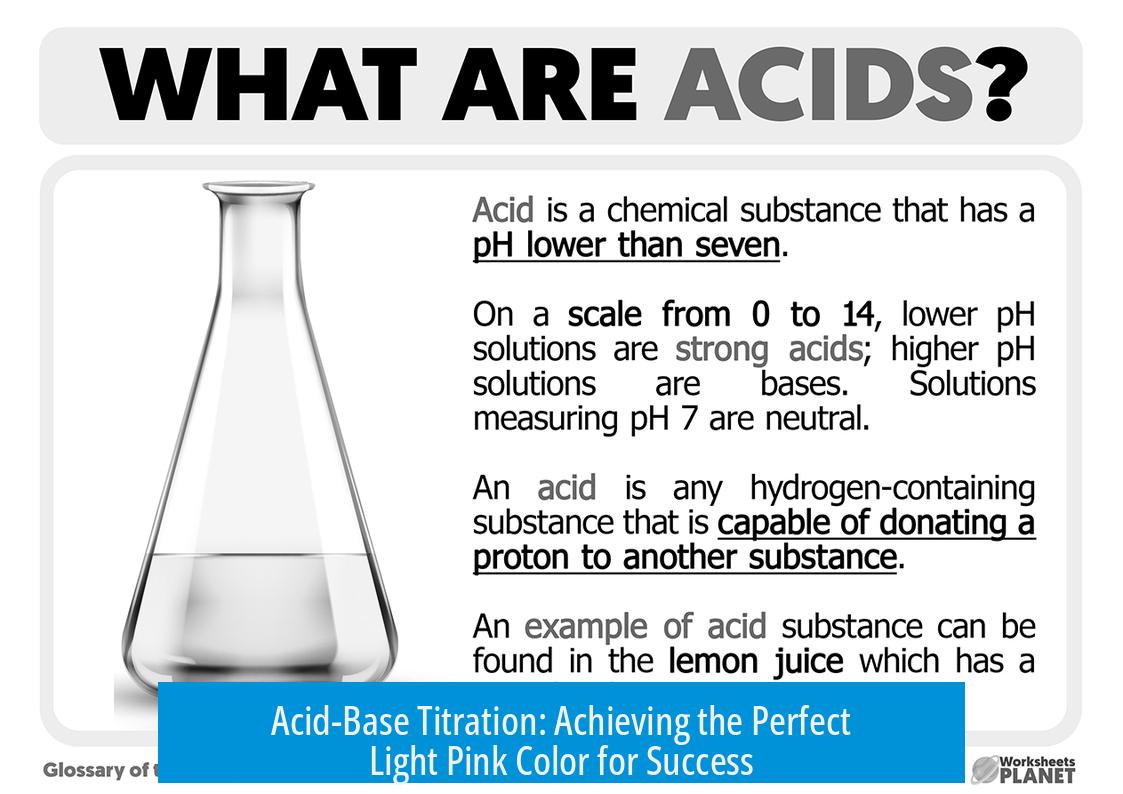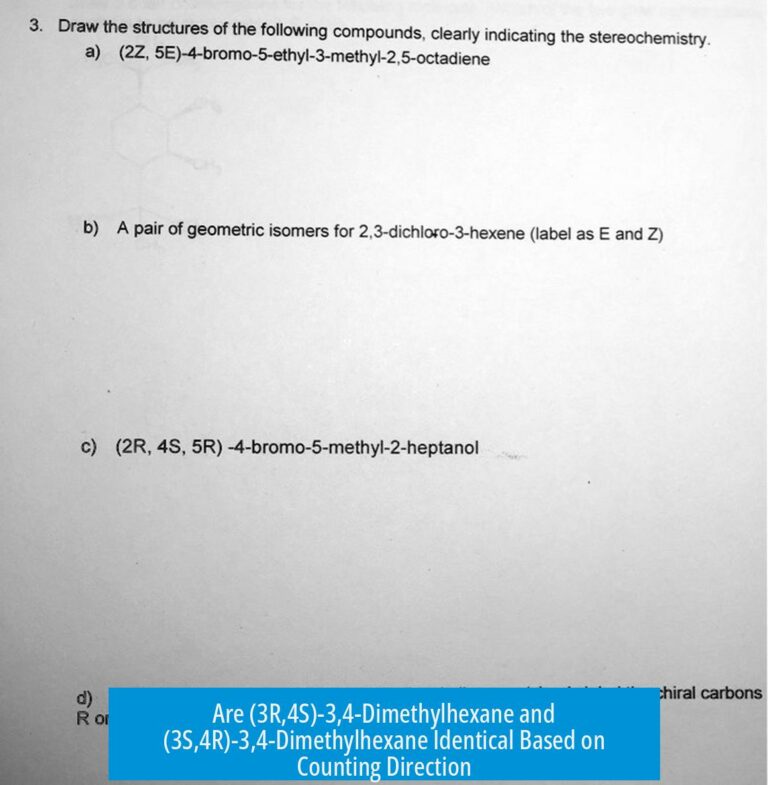Acid-Base Titration: Very Proud of My Light Pink Color
The ideal endpoint in an acid-base titration is marked by a faint, persistent light pink color, especially when using phenolphthalein as an indicator. Achieving this exact shade signifies accuracy and skill in the titration process, but it remains challenging even for experienced chemists.
Challenges in Achieving the Perfect Endpoint
Many students and researchers find it difficult to consistently reach the perfect endpoint. Despite repeated trials, the faint pink color often appears either too dark or fades too quickly. This can cause frustration and uncertainty regarding the volume of titrant used.
- Frequent over-titration leads to a deeper pink shade.
- Under-titration results in no visible or unstable color change.
- Small reaction volume variations and timing affect the result.
Significance of the Light Pink Color
The endpoint in a titration using phenolphthalein is best described as a “FAINT. PERSISTENT. PINK.” shade lasting for about 30 seconds. This delicate color confirms the stoichiometric equivalence point has been reached. A darker or fast-fading pink indicates excess titrant or incomplete neutralization.
“Just a little more lighter pink /j”
“I can do this too. But getting a slight pink color really is something.”
Role of Indicators in Acid-Base Titration
Phenolphthalein is the standard indicator in titrations with strong acid and strong base combinations, such as hydrochloric acid and sodium hydroxide. It changes from colorless in acidic solution to pink in basic solution. Its protonation state causes this color shift, which is precise yet sensitive.
Tips for Consistent and Efficient Titrations
One effective technique for speeding titrations without losing accuracy is:
- Record the volume needed to reach the faint pink in an initial trial.
- For subsequent titrations, add titrant quickly until approaching this volume minus a small margin.
- Slow addition and constant swirling near the anticipated endpoint aids precision.
This method saves time and increases reproducibility across trials.
Recognition and Validation
Professors and peers often praise achieving this endpoint as a mark of analytical skill. It shows a command of technique and understanding of chemical equilibria.
- “Very good, congratulations!”
- “My analytical chem prof would have said it was over titrated still.”
- “Well played friend. I always told my students FAINT. PERSISTENT. PINK.”
Safety and Practical Challenges
Handling corrosive reagents like sodium hydroxide requires care. Accidental spills can cause skin irritation, emphasizing the need for protective gear and careful technique. Over-titration not only skews data but also wastes chemicals.
Key Takeaways
- The light pink endpoint with phenolphthalein signals precise neutralization.
- Achieving a faint, persistent pink is difficult but critical for accuracy.
- Indicators rely on protonation shifts to indicate pH changes.
- Speed and consistency improve by approaching the endpoint volume quickly.
- Recognition of this skill is common among teachers and peers.
- Proper safety and careful technique prevent hazards and errors.





Leave a Comment